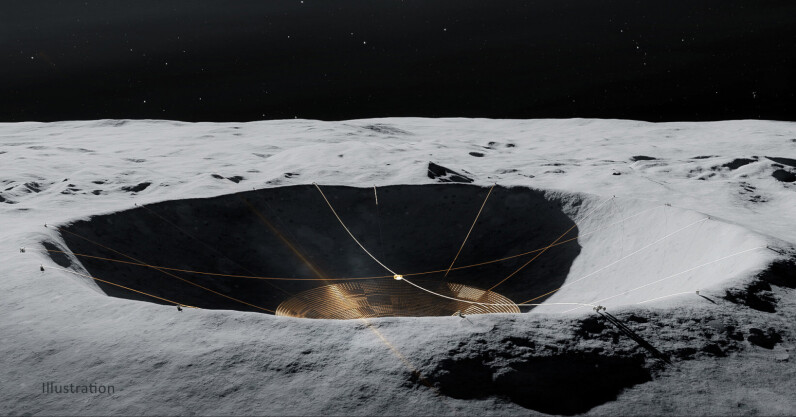- Back to Home »
- Why NASA is building a gigantic telescope on the far side of the Moon
Posted by : Brij Bhushan
Monday, 17 May 2021

Following the Big Bang, our budding Universe slowly cooled, and the first atoms took shape. Gravity gradually pulled on clumps of hydrogen and helium gas, forming the earliest stars. This era, lasting a few hundred million years prior to the large-scale formation of stars, is called the cosmic dark ages. The Lunar Crater Radio Telescope (LCRT), an ambitious concept to place a massive radio telescope on the far side of the Moon, would study the Universe during this ancient era in detail for the very first time. “While there were no stars, there was ample hydrogen during the universe’s Dark Ages…
This story continues at The Next Web
Or just read more coverage about: NASA







